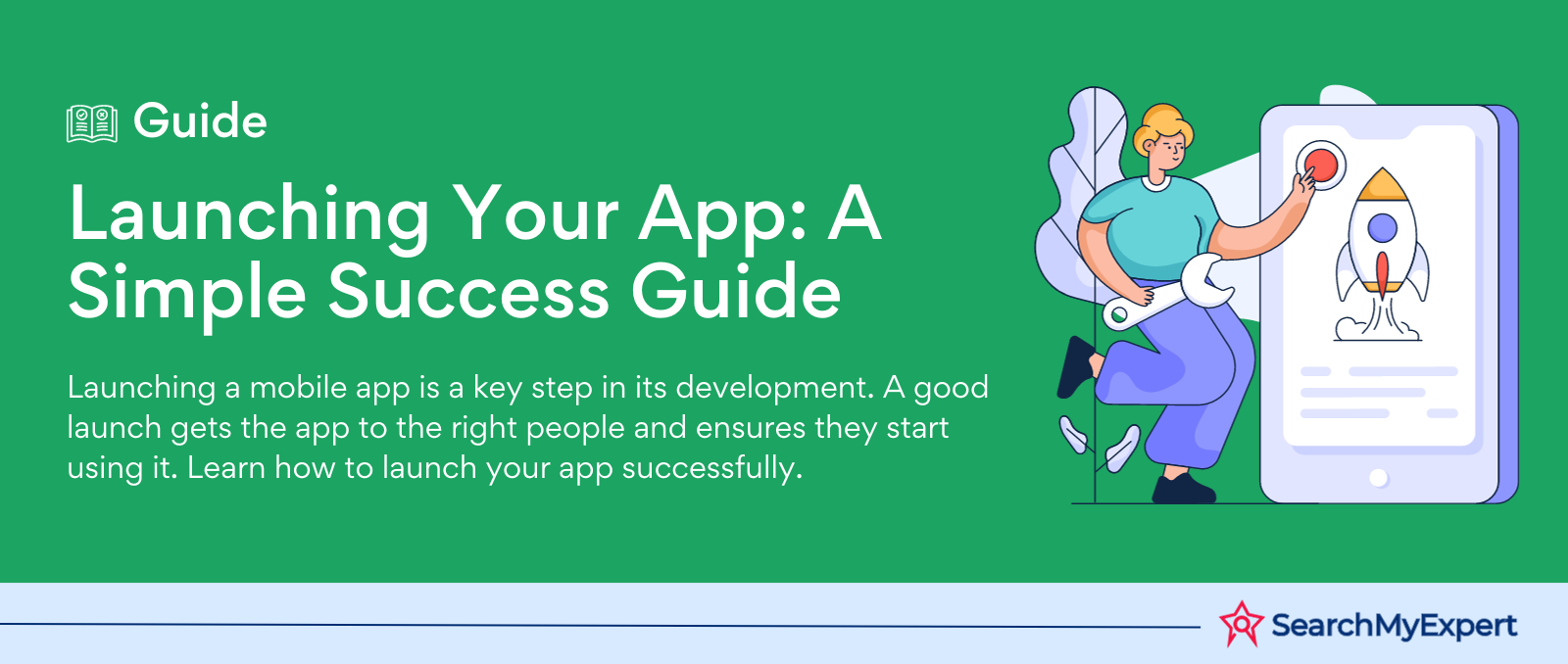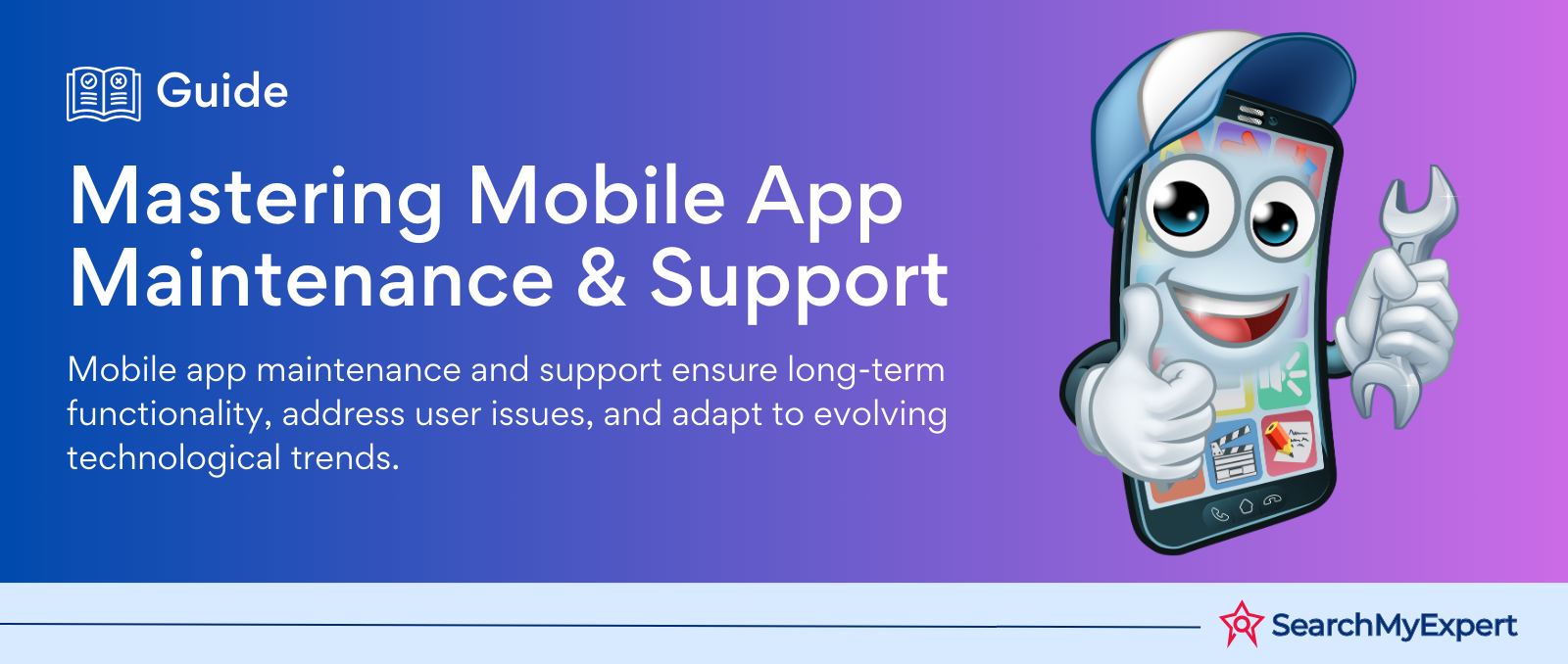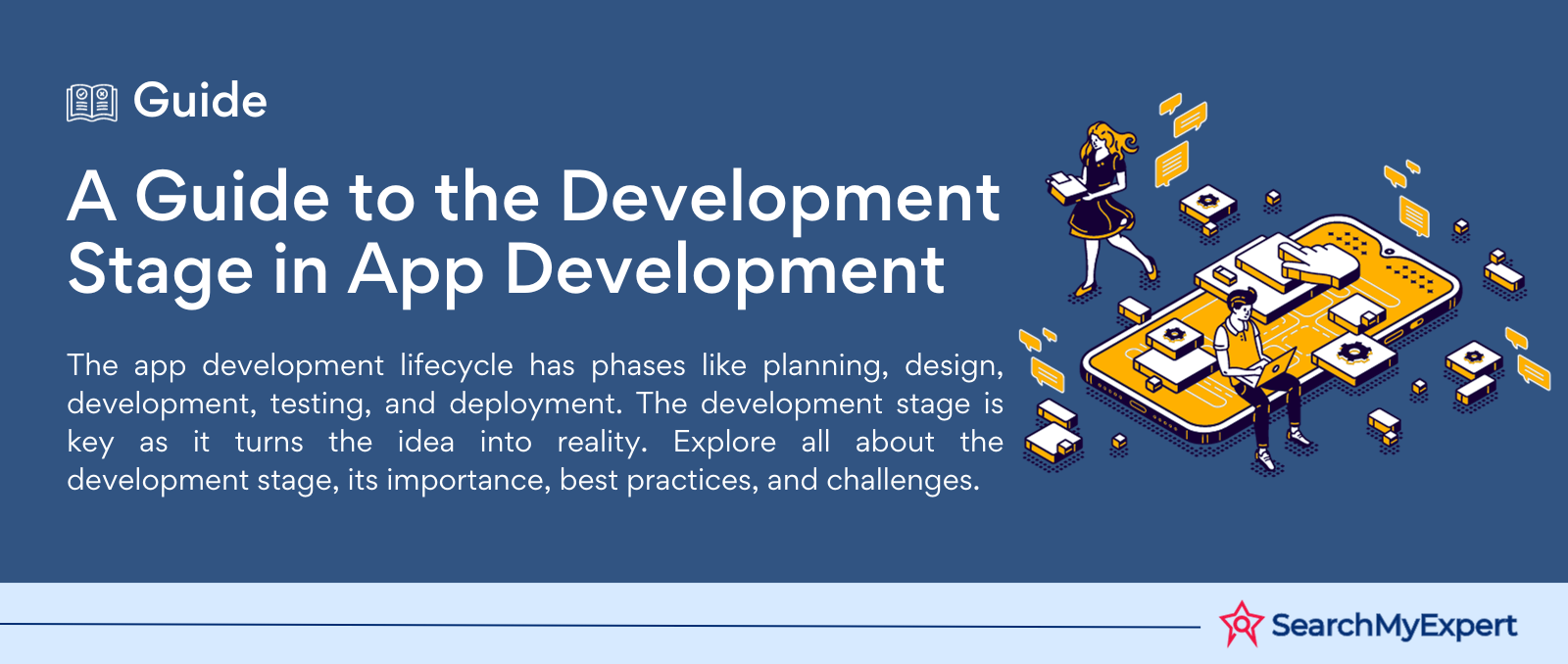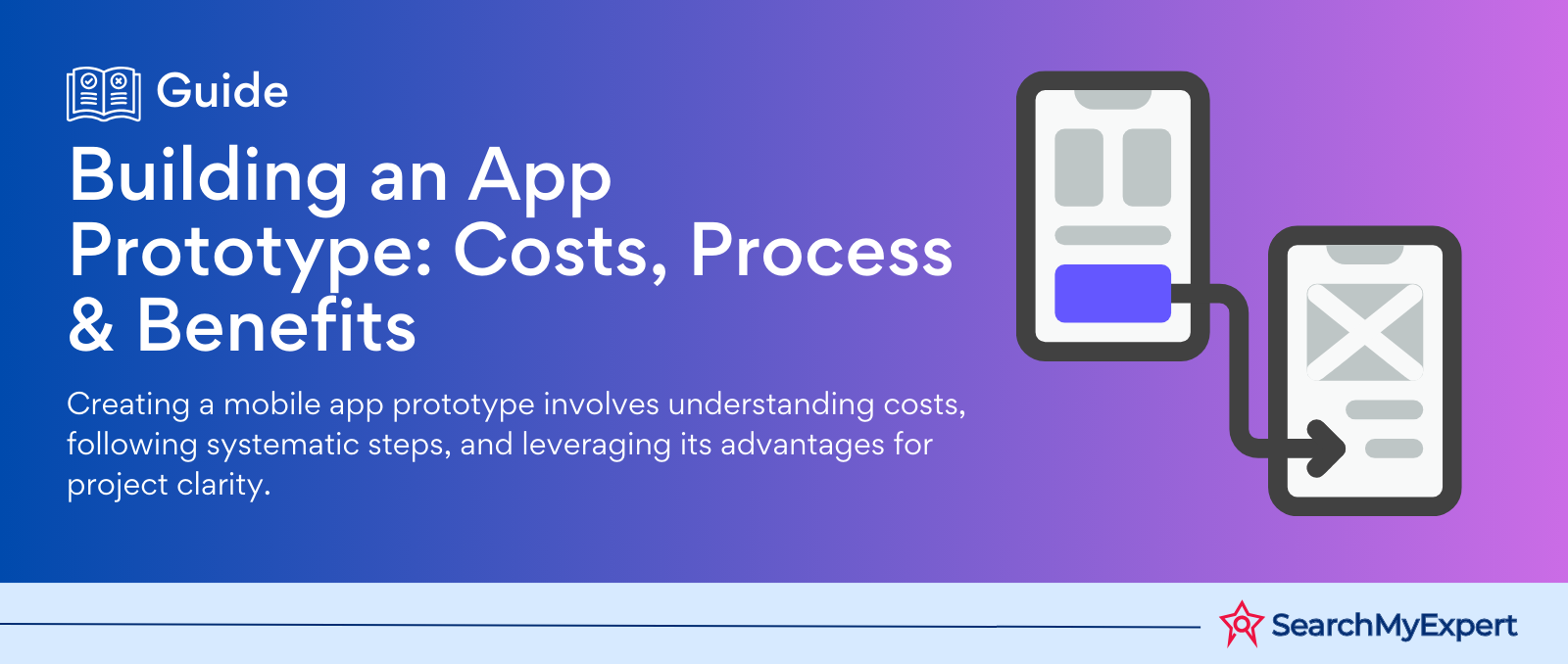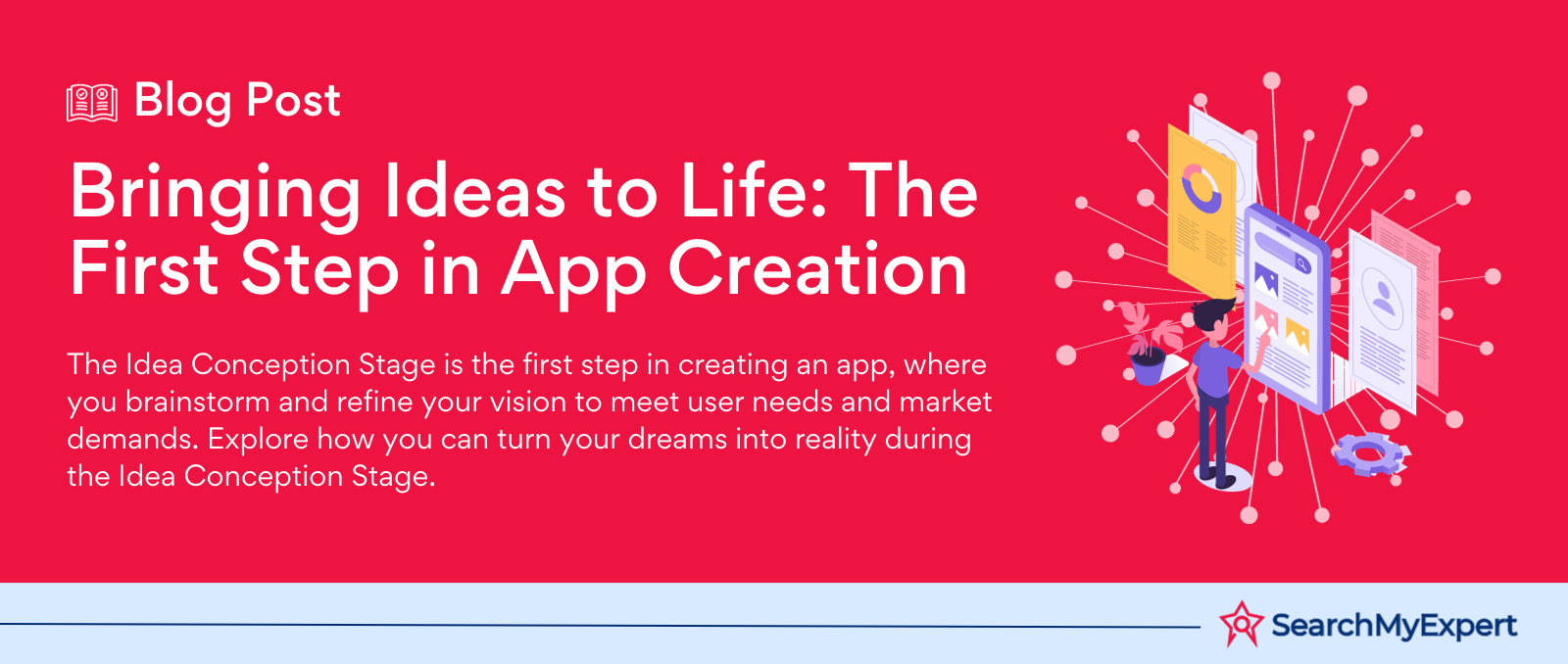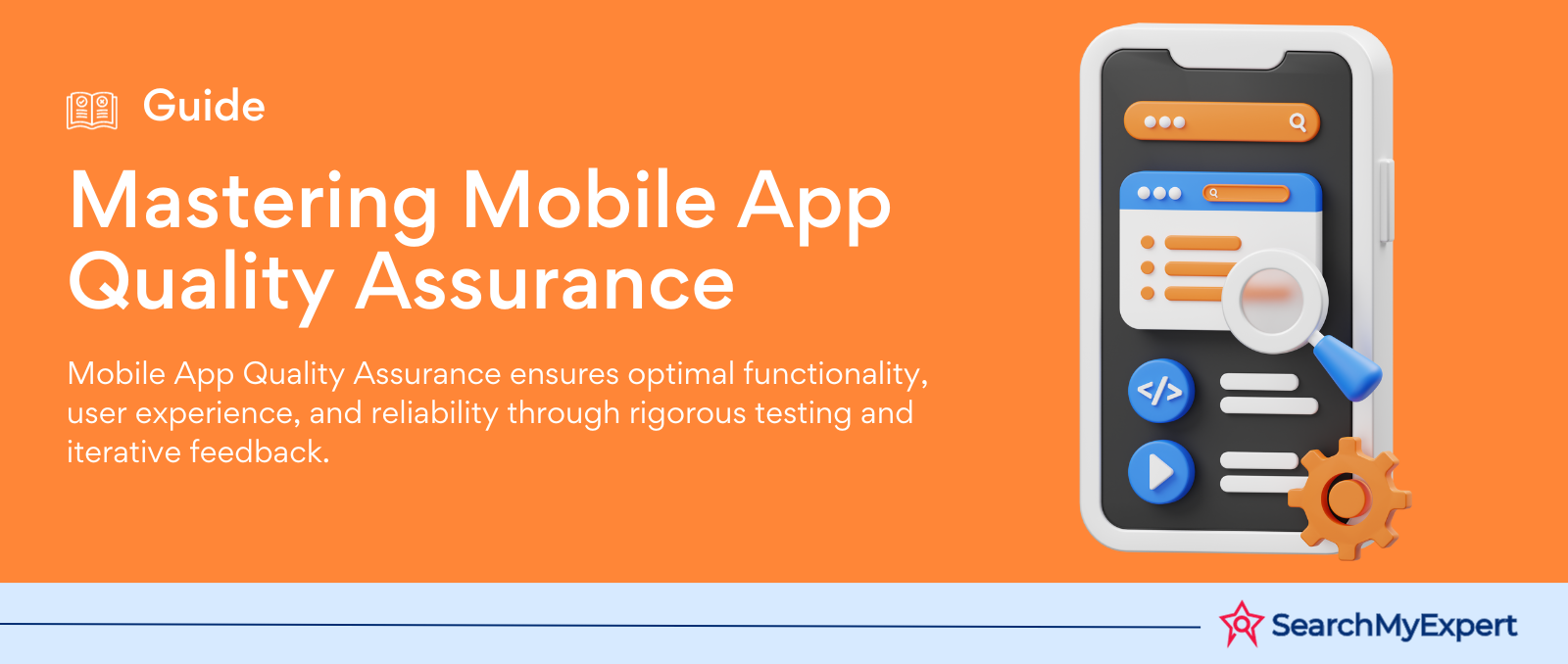Navigating Social Media: Your Essential Guide to Success

The Social Media Landscape
What is Social Media?
Social media, a revolutionary facet of the digital era, is a dynamic platform where individuals and communities create, share, and interact with content. These platforms, accessible via computers and smartphones, have redefined how we communicate and engage with the world.
Key Social Media Platforms and Their Demographics
- Facebook: The ubiquitous presence. Dominantly used by a diverse age group, it's ideal for reaching a broad audience.
- Instagram: The visual storyteller. Favoured by millennials and Gen Z for its focus on photos and videos.
- Twitter: The real-time conversationalist. Popular among users seeking news, trends, and direct interactions with brands and personalities.
- LinkedIn: The professional network. Preferred by working professionals and businesses for networking and B2B marketing.
- TikTok: The viral sensation. A hit among Gen Z for its short, catchy video content.
- Pinterest: The inspiration board. Loved by those seeking creative ideas and lifestyle inspirations.
Understanding these platforms' unique demographics is crucial for targeting your marketing efforts effectively.
Understanding the Power and Reach of Social Media Marketing
Social media marketing harnesses these platforms to promote products or services, offering unparalleled benefits:
- Global Reach: Connect with audiences worldwide.
- Targeted Advertising: Tailor content to specific demographics.
- Engagement: Foster direct interactions with customers.
- Brand Visibility: Increase your brand's online presence.
- Market Insights: Gain valuable data on consumer preferences.
The influence of social media in shaping consumer behavior is undeniable, making it an essential tool for marketers.
Why Use Social Media for Marketing?
Building Brand Awareness and Recognition
Social media platforms are powerful tools for building brand awareness. By creating engaging content, brands can reach vast audiences, making them recognizable and memorable.
Connecting and Engaging with Your Target Audience
Social media facilitates two-way communication, allowing brands to connect with their audience, understand their needs, and engage with them in meaningful ways.
Driving Website Traffic and Conversions
Strategically placed social media content can drive traffic to your website, leading to increased conversions and sales.
Fostering Customer Loyalty and Advocacy
Through consistent interaction and quality service, social media helps in building loyal customer bases who often turn into brand advocates.
Cost-Effectiveness and Measurable Results
Compared to traditional marketing methods, social media marketing is more cost-effective and offers measurable results, making it ideal for businesses of all sizes.
Defining Your Social Media Marketing Goals
Aligning Your Social Media Strategy with Your Overall Business Objectives
To effectively harness social media for marketing, it's essential to align your social media strategy with your broader business goals. This alignment ensures that your social media efforts contribute directly to achieving your business objectives, whether it's increasing sales, improving customer engagement, or building brand awareness.
Setting SMART Goals
SMART goals are:
- Specific: Clearly define what you want to achieve.
- Measurable: Ensure you can track your progress.
- Achievable: Set realistic and attainable goals.
- Relevant: Align goals with your overall business strategy.
- Time-bound: Set a deadline for achieving your goals.
Examples:
- Increase Instagram followers by 20% in 3 months.
- Boost website traffic from Facebook by 30% within 6 months.
Identifying Key Performance Indicators (KPIs)
KPIs are vital in measuring the success of your social media strategy. Common KPIs include:
- Engagement Rate: Likes, comments, shares, etc.
- Reach: Number of unique users who see your content.
- Follower Growth: Rate at which your follower base is increasing.
- Click-Through Rate (CTR): Percentage of clicks on your content or ads.
- Conversion Rate: How many users take the desired action (e.g., make a purchase).
Monitoring these KPIs helps in refining your strategy and achieving your SMART goals.
Choosing the Right Social Media Platforms
Analyzing Your Target Audience and Their Platform Preferences
Understanding where your target audience spends most of their time is key. For instance, if targeting millennials, platforms like Instagram and TikTok might be more effective than LinkedIn.
Understanding the Strengths and Features of Each Platform
Each social media platform has unique strengths:
- Facebook: Great for a broad audience and varied content types.
- Instagram: Ideal for visual storytelling and younger demographics.
- LinkedIn: Best for B2B marketing and professional content.
Building a Focused Presence on Relevant Platforms
Instead of trying to be everywhere, focus on platforms where your target audience is most active. This focused approach allows for better resource allocation and more effective engagement with your audience.
Crafting Compelling Social Media Content
Creating Engaging and Informative Posts
The core of social media success lies in creating content that resonates with your audience. This includes:
- Informative Posts: Share insights, tips, and industry news that add value to your followers.
- Engaging Content: Create posts that encourage interaction, like polls, quizzes, or thought-provoking questions.
Storytelling and Sparking Conversations
Storytelling is a powerful tool. Share your brand's journey, customer success stories, or behind-the-scenes glimpses to build a narrative that connects emotionally with your audience. Engage your followers in conversations to foster a sense of community.
Leveraging Different Content Formats
Different formats cater to different preferences:
- Videos: Great for tutorials, product launches, or engaging narratives.
- Images: Ideal for showcasing products, infographics, or visual stories.
- Live Streams: Offer a real-time connection, useful for Q&A sessions, events, or product demos.
Optimizing Content for Each Platform and Algorithm
Each platform has its nuances:
- Facebook: Prefers native videos and shareable content.
- Instagram: Loves high-quality visuals and stories.
- LinkedIn: Values professional, informative content.
Understand the algorithms and optimize your content accordingly for better reach and engagement.
Engaging with Your Audience
Responding to Comments and Messages Promptly
Timely responses to comments and messages are crucial in building trust and engagement. It shows your audience that you value their input and are attentive to their needs.
Encouraging User-Generated Content and Participation
Encourage your followers to share their own content related to your brand or participate in challenges. This not only provides you with additional content but also enhances community involvement.
Building a Community Around Your Brand
Foster a sense of community by regularly engaging with your audience, sharing user-generated content, and creating brand-specific hashtags or groups.
Utilizing Social Media Listening Tools
Tools like Hootsuite, Sprout Social, or BuzzSumo help in monitoring social media conversations about your brand. This insight is invaluable in understanding sentiment, trends, and areas for improvement.
Measuring and Analyzing Your Results
Tracking Key Metrics
Measuring the impact of your social media efforts is vital. Key metrics include:
- Reach: The number of unique users who see your content.
- Engagement: Likes, comments, shares, and overall interaction with your content.
- Website Traffic: The volume of visitors directed to your site from social media.
- Conversions: Actions taken by users, like signing up or making a purchase.
These metrics provide a clear picture of how well your content is performing and its impact on your business goals.
Analyzing Data to Identify Successes and Areas for Improvement
Data analysis helps you understand:
- Content Performance: Identify which types of posts garner the most engagement.
- Audience Preferences: Learn what content resonates with your audience.
- Best Posting Times: Determine when your audience is most active.
This analysis is crucial for fine-tuning your strategy.
Optimizing Your Social Media Strategy Based on Insights and Data
Use your findings to:
- Refine Content: Tailor your content based on what works best.
- Adjust Posting Schedules: Optimize your posting times for maximum engagement.
- Targeting Adjustments: Refine your audience targeting based on engagement patterns.
Continuously optimizing your strategy based on data-driven insights ensures sustained growth and effectiveness of your social media marketing efforts.
Conclusion
Navigating the vast landscape of social media marketing can seem daunting, but with the right strategies and tools, it transforms into a powerful ally for your business. From understanding the diverse social media platforms to crafting compelling content, engaging your audience, and leveraging data analytics, every step is a piece in the puzzle of digital success. Remember, the key is to stay authentic, be consistent, and adapt to the ever-evolving trends of social media. By doing so, you're not just promoting a brand; you're building a community and a legacy in the digital world.
Elevate your brand with our Social Media Marketing Services.
share this page if you liked it 😊
Other Related Blogs

Mastering Docker for App Development: A Comprehensive Guide to Benefits, Use-Cases, and Alternatives
STAY UP TO DATE
GET PATH'S LATEST
Receive bi-weekly updates from the SME, and get a heads up on upcoming events.
Contact Us




